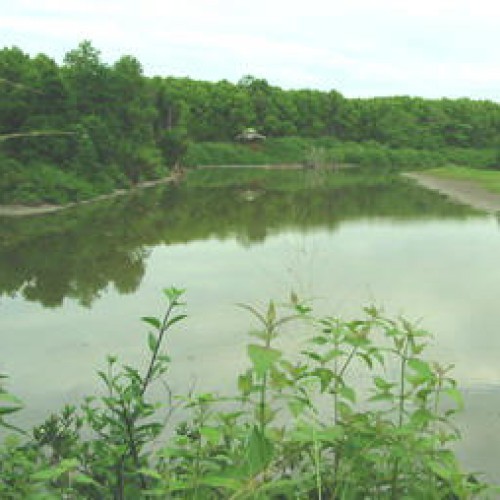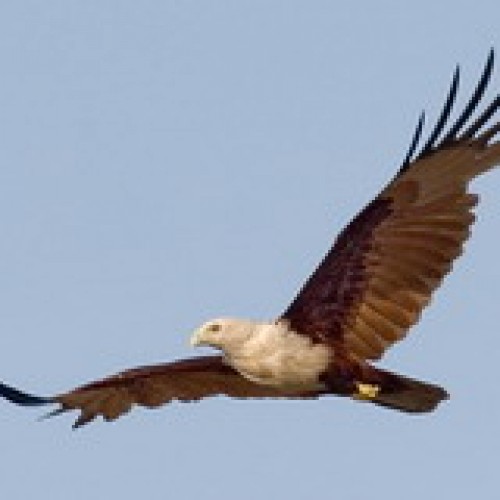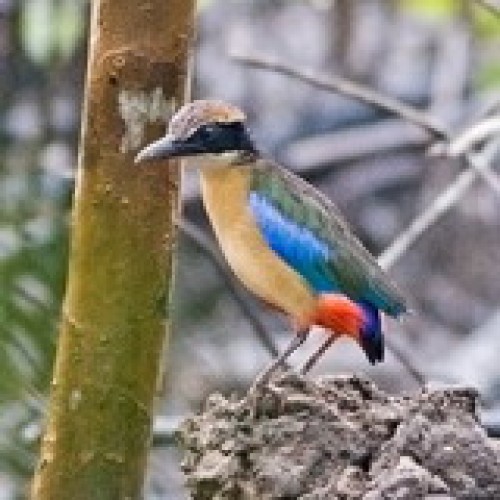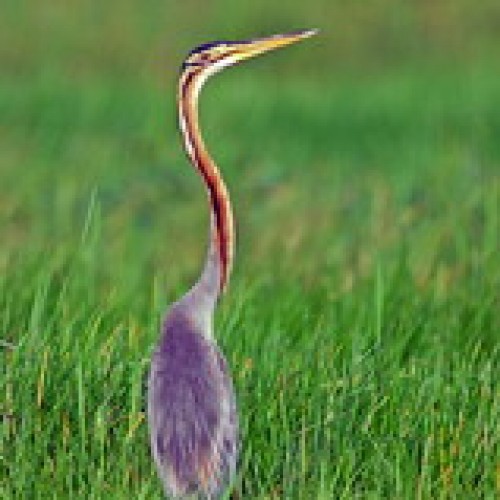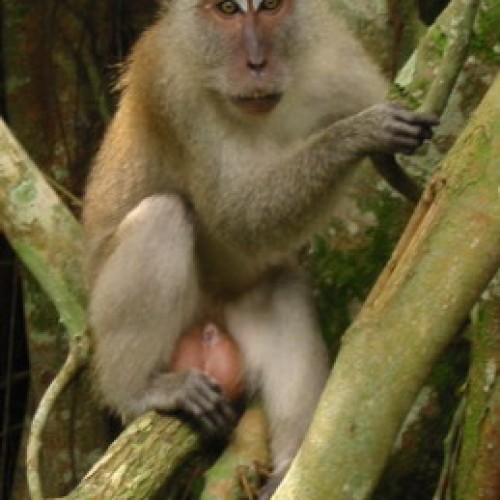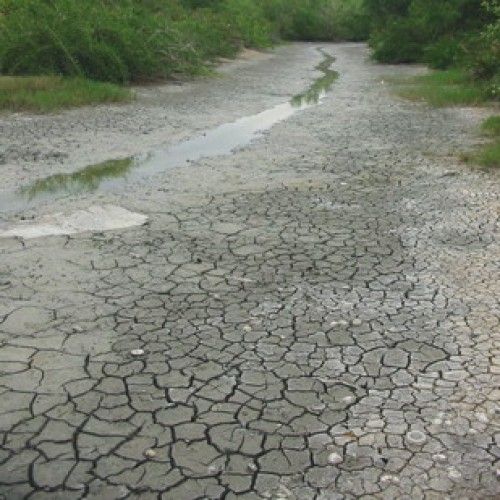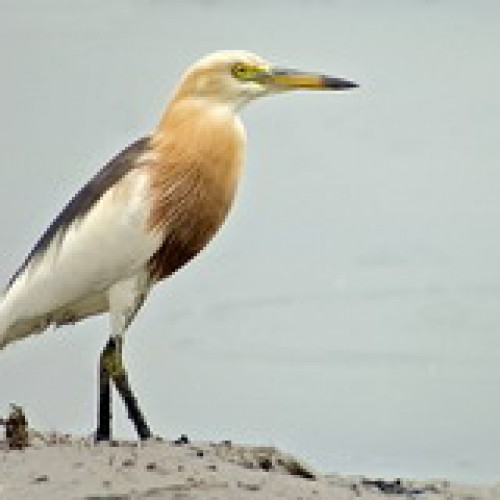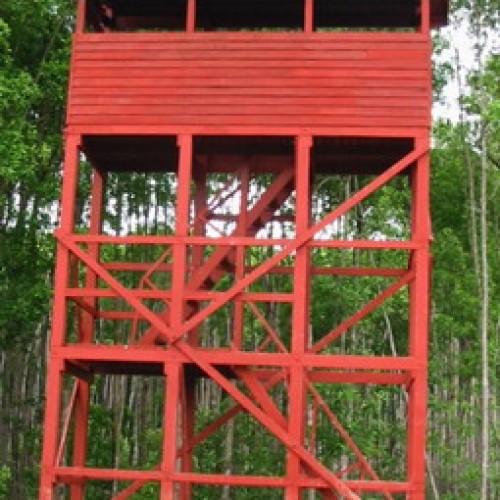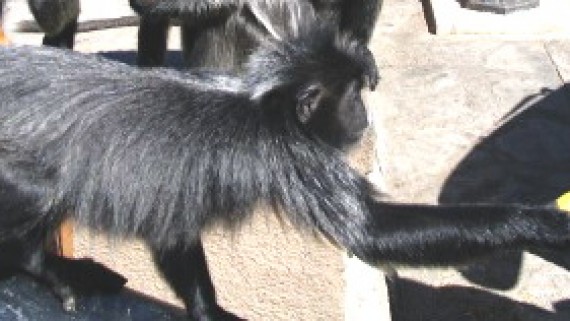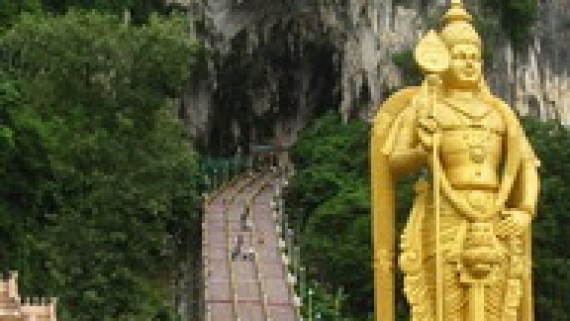Kuala Selangor Nature Park, Selangor
Introduction and History
KSNP is geographically located in Banjar South Forest Reserve, south west of Kuala Selangor. Approximately 730 acres it is occupied by secondary forest and coastal forest which form part of a complex estuarine ecosystem.
Kuala Selangor, is a small fishing village close to the estuary of the Selangor River. It can be reached by road about 65km from Kuala Lumpur. It is home to one of the most important wetland sanctuaries and also the unique phenomenon of synchronous flashings of fireflies.
KSNP was the inspiration of the Malayan Nature Society and the Asian Wetland Bureau and in January 1987, was officially announced as a town park. The park is managed as an important center for nature education and research. The park protects a vital stand of mangrove forest, an important lifeline for a wide variety of wildlife.
Flora and fauna
KSNP is home to unique and interesting species such as a variety of birds, insects, spiders, mollusks, crabs, fishes, reptiles and mammals. Some of the special mammalians are silvered leaf monkey, ‘Presbytis cristata’, long-tailed macaque ‘Macaca fascicularis’, short-tailed ‘mongoose Herpestes brachyurus’, smooth-coated otter ‘Lutra perspicillata’, mudskippers, king crab and leopard cat. .
Birdwatchers find it a good place to observe the characteristics of wetland birds since the park is also home to over 170 species of birds either in residence or migratory. The Lesser Adjutant and the Milky Stork are the rare bird species that have been observed here. Through the efforts of local conservationists, captive Milky Storks are being naturalized into the area to boost the local breeding populations.
Here, also are interesting avifauna including spoon-billed sandpiper ‘Eurynorhynchus pygmeus’, Nordmann’s greenshank ‘Tringa guttife’r, lesser adjutants ‘Leptoptilos javanicus’ and up to 30 feeding grey heron Ardea cinerea. Mud lobster ‘Thslassia anomala’ and cockle ‘Anadara gandosa’ have been observed in the mudflats, and butterfly ‘Danaus affinis’ in the mangrove forest.
KSNP is comprised of mangrove forests dominated by Bruguiera cylindrica, B.parviflora, Rhizophora mucronata and Avicennia officinalis. Extensive areas have been invaded by fern Acrostichum aureum.
Attractions and activities
Formerly a pristine mangrove forest, the tropical forest plant crept in and matured after coastal construction caused the area to dry up. Now, the secondary forest is dominated by the strangling figs and other coastal trees such as Cordia dichotama. Occasionally stubborn old mangrove tress still can be seen in this secondary forest.
There are 4 nature trails that allow visitors to stroll in the forest, and study the flora there. Visitors will see varieties of fungi, ferns, palm, and creepers.
Mangrove forest covers an area of 234 acres and is the focal point of the ecosystem for the park. Here, 13 species of Mangrove trees and amphibious inhabitants from crabs to snakes are seen. Raised boardwalks allow access to the crowded woods and over the mudflats so that visitors can enjoy the sights and daily activities of inhabitants on the mudflats.
There are 2 artificial lakes that get their supply of brackish water from the Selangor River. The water level is controlled by sluice gates. A few hideouts are strategically located along the edges of the open swamps and elevated hideouts offer shade and camouflage for longer periods of watching the water birds and waders. These facilities provide the opportunity to learn patience and silence necessary for the joy of bird watching.
The best season for migratory birds is between middle of September until late April when the birds of cooler climates escape their respective winters. An important event organized by the society is ‘bi-annual bird census’ at the park and is worth looking into. Also, provides a good opportunity not only to volunteer, but to work with experienced birders.
The Selangor River offers the opportunity to see millions of tiny fireflies at night. This is a beautiful spectacle when millions of resident fireflies flash synchronously. The best time is between dusk and midnight and it is advisable to avoid the full moon.
A local village cooperative provides a regular boat service from Kg. Kuantan jetty and visitors are slowly rowed up river for about 1 km before returning. After your evening meal, this is a heavenly way to end the day.
Melawati Hill is the highest area in the state of Kuala Selangor and is the site of the 200-year-old Fort Altingsburg. You can enjoy the panoramic view of the Straits of Malacca and the surrounding areas where the Dutch surveyed the countryside before capturing it in 1794.
In the past, the hill lured only the hardy and determined visitor as it meant a stiff climb. Today, there is a tram car service that takes you to the top. In the vicinity is a royal mausoleum where past Selangor sultans were buried.
Getting there and away
KSNP and Kuala Selangor can be reached overland on the Kepong-Sg Buloh-Kuala Selangor trunk road 54. Look out for signs to the park just before Kuala Selangor town. Alternatively, a more scenic route via Batang Berjuntai road B33, which takes you right pass Kg. Kuantan’s “firefly” jetty.

